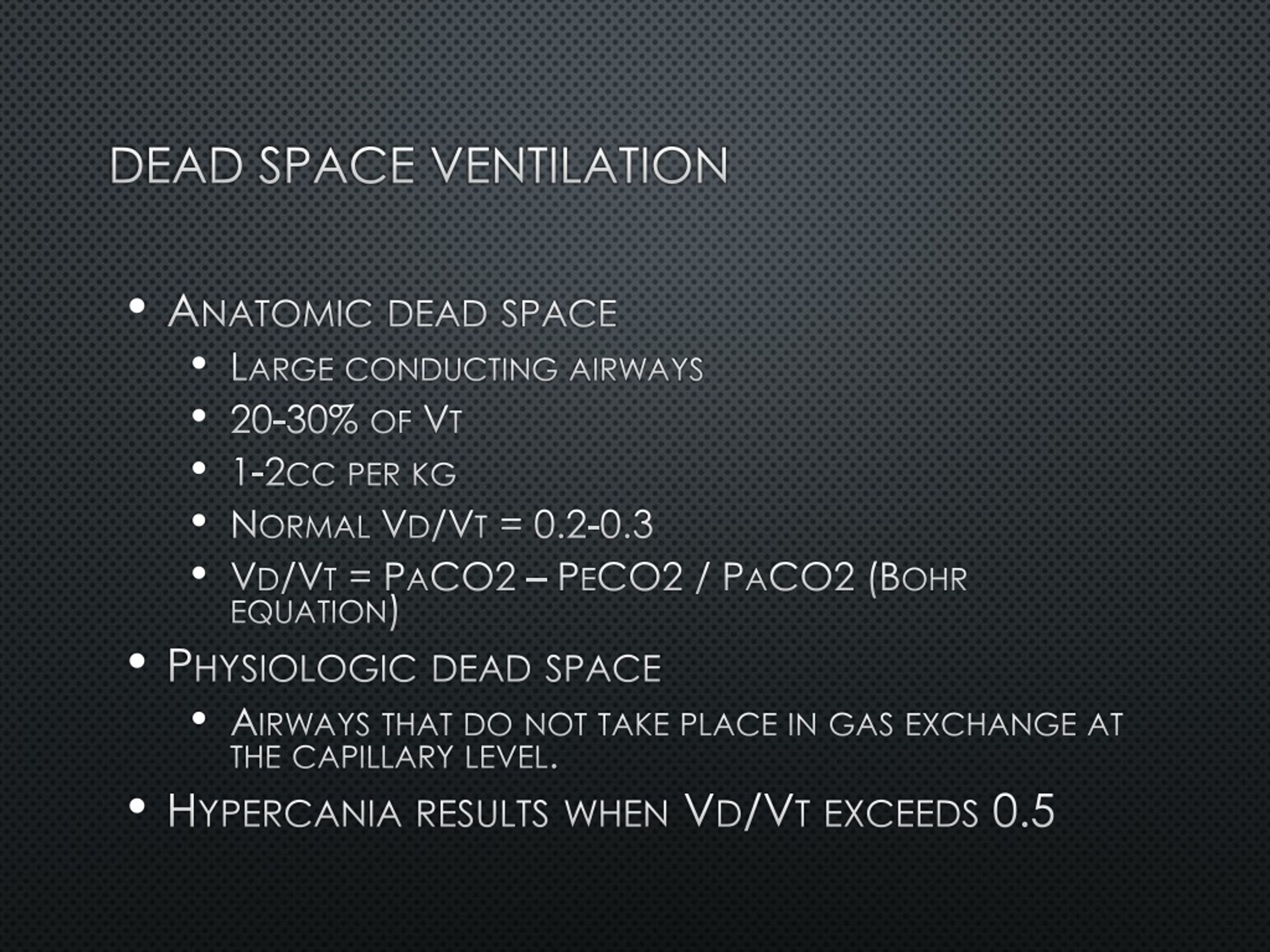
recently presented three cases of happy hypoxemia with P aO 2 ranging between 36 and 45 mmHg in the absence of increased alveolar ventilation (P aCO 2 ranging between 34 and 41 mmHg). This phenomenon is referred as silent or ‘happy’ hypoxemia. Many patients present with pronounced arterial hypoxemia yet without proportional signs of respiratory distress, they not even verbalize a sense of dyspnea. COVID-19 has a wide spectrum of clinical severity, data classifies cases as mild (81%), severe (14%), or critical (5%). Although much is known about the epidemiology and the clinical characteristics of COVID-19, little is known about its impact on lung pathophysiology. The pathogen responsible for coronavirus disease 2019 (COVID-19) has been identified as a novel member of the enveloped RNA betacoronavirus family and named severe acute respiratory syndrome coronavirus 2 (SARS-CoV-2), due to similarities with SARS-CoV and Middle East Respiratory Syndrome (MERS) viruses. In early December 2019, the first cases of a pneumonia of unknown origin were identified in Wuhan, the capital of Hubei province in China. Ventilation-perfusion mismatch, ranging from shunts to alveolar dead space ventilation, is the central hallmark and offers various therapeutic targets. Preserved oxygen saturation despite low partial pressure of oxygen in arterial blood samples occur, due to leftward shift of the oxyhemoglobin dissociation curve induced by hypoxemia-driven hyperventilation as well as possible direct viral interactions with hemoglobin.

A thorough understanding of the pathophysiological determinants of respiratory drive and hypoxemia may promote a more complete comprehension of a patient’s clinical presentation and management. This particular clinical presentation in COVID-19 patients contrasts with the experience of physicians usually treating critically ill patients in respiratory failure and ensuring timely referral to the intensive care unit can, therefore, be challenging.

happy hypoxemia) and rapid deterioration can occur. Many patients present with a remarkable disconnect in rest between profound hypoxemia yet without proportional signs of respiratory distress (i.e. The novel coronavirus disease 2019 (COVID-19) pandemic is a global crisis, challenging healthcare systems worldwide.


 0 kommentar(er)
0 kommentar(er)
